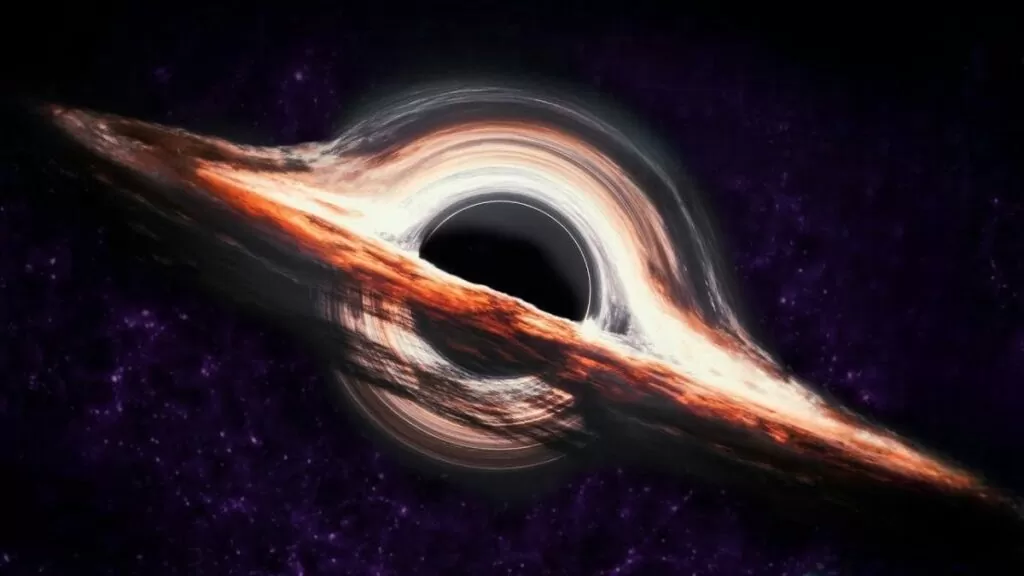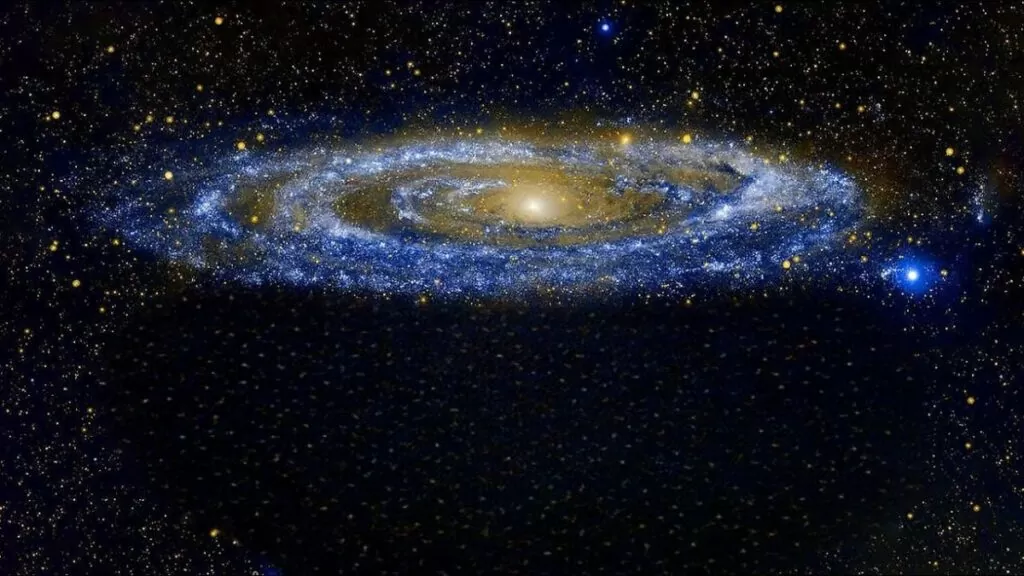
The Shortest Day Record of Earth is Broken Now.
Do you feel less time in day, your guess is absolutely right.
Scientists have recorded a new shortest day ever before the creation of the atomic clock.
On June 29, the measurement of the rotational speed of earth took place under 24 hours in a shocking 1.59 milliseconds whereas, the previous record was 1.47 milliseconds shorter than the normal days. This data was reported by the International Earth Rotation and Reference Systems Service (IERS), also responsible for the maintenance of Global Time and Reference Frame Standards.
In rotation, the earth spins in its axis with respect to the sun for the duration of a normal day 24 hours (86,400 seconds). The main reason behind this is the tidal effects of the moon on the rotation of the earth.
Since the 1950s, Atomic clocks have been a standard unit for precise and accurate measurement-of time and rotation of the earth, stated Dennis McCarthy, retiring director of time at the United States Naval Observatory (USNO).
Even though June 29 broke all the previous records for the shortest day, there already have been more shorter days than this on the Earth, he stated
At the time when dinosaurs used to roam Earth, a day used to be 23.5 hours, reported by the study of Paleoceanography and Paleoclimatology.
Scientists have been noticing the slowing down of the earth’s rotational speed since 1820, said NASA.
Real Reason behind the increasing of Speed
Researchers don’t have the exact answer for explaining why the Earth rotation is becoming slightly faster. There’s a possibility of many factors like isostatic adjustment or could be the land movement due to the melting glaciers, stated McCarthy.
Earth has more width than its tall length, which gives it the shape of an orange. Glaciers weigh down in both poles including the south and north pole, stated McCarthy.
Global warming is causing the poles to melt, this causes low pressure on the top and bottom area of Earth. Also, it shifts the crust above and causes the Earth to be rounder. This causes the mass of the Earth to get closer to its center and increases Earth’s rotational speed, added McCarthy.
How Leap Second is removed
From the time when scientists began measuring the rotational speed of the Earth through atomic clocks, the rotational speed of the Earth is slowing down.
We in our daily life don’t recognise that tiny millisecond, stated McCarthy. It could be possible to change the rate of inserting a leap second if these things sum up.
When several milliseconds add up over time, the scientific community adds a leap second to match the time with the Earth’s time by slowing down our time in our clock. From the year of 1972, altogether 27 leap seconds have been added, reported EarthSky.
As the Earth rotation is speeding up, we need to take away 1 leap second to grab our timekeeping with the rotational speed of the Earth.
If the rotational graph of increasing continues to happen, then we don’t need the removal of 1 leap second for 3 to 4 years, stated McCarthy.
Explore:


![Moon Jellyfish has [ Hidden Secrets ] You don't know moon jellyfish](https://spaceupper.com/wp-content/uploads/2022/11/1-1-300x169.jpg.webp)








